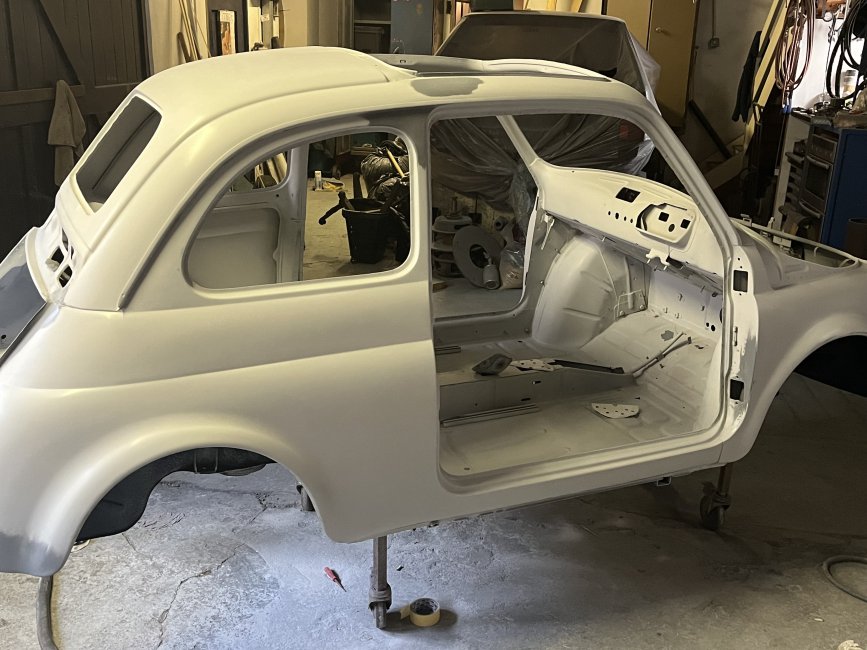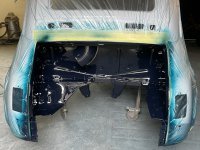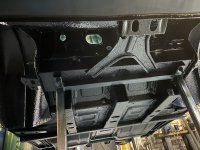Introduction
Having dug out my 500 recently after a very long time dormant (20 years since I did the panel work) I’m feeling motivated. I’ve painted the bolt on panels and today started applying some to the shell so am starting to get some thoughts towards building it up. There’s a couple of problems on this front, firstly the huge gap since I took it apart and the unfortunate fact that a lot of the parts were lost in a fire where they were stored some years ago. I’ve sourced some of the more crucial parts over the years and have spent a fair wedge recently on new stuff. I think I’m dialled in on what needs bought but its tricky knowing every small bit I'm might or might not be missing, I have tried sourcing a parts book but as yet had no luck, out of stock seems to be the theme. Does anyone know where I might buy one? or maybe an online link? I’d much prefer a paper copy.








